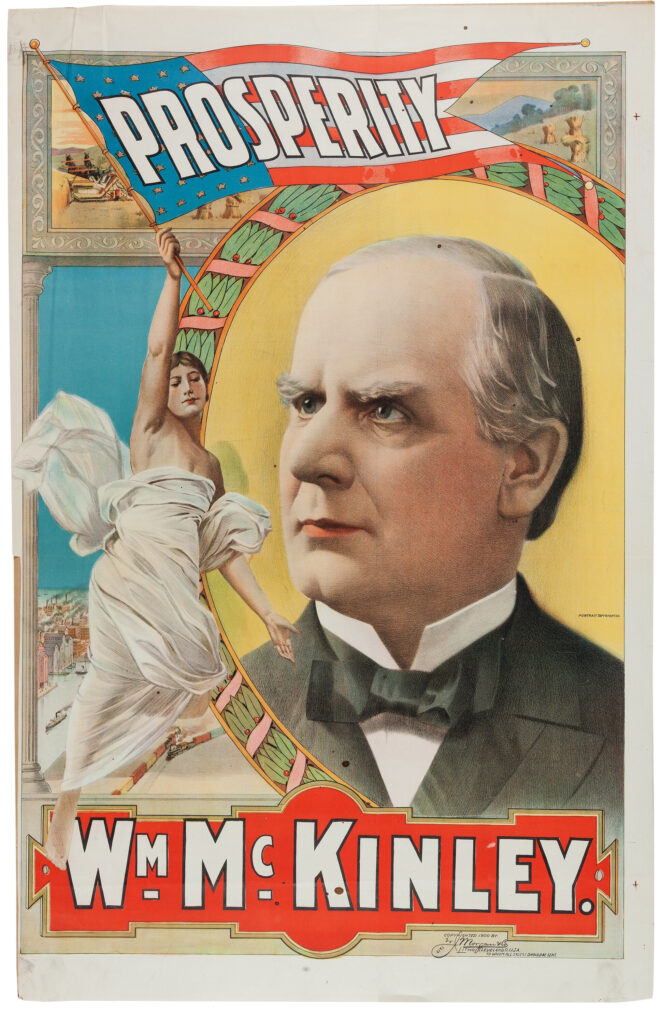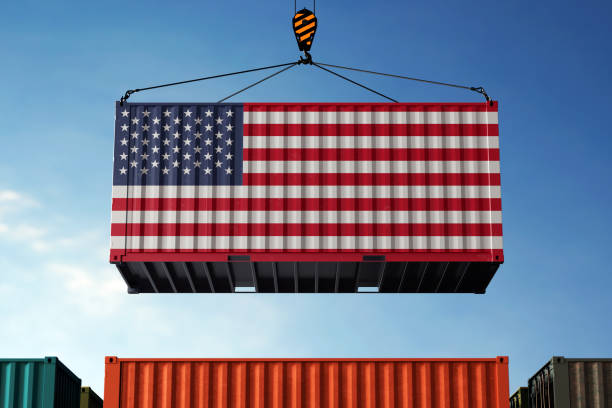Tariffs have played a pivotal role in shaping economic policy, influencing global trade, and protecting domestic industries. While modern debates over tariffs often dominate headlines, the concept itself is centuries old. But what exactly is a tariff, and why has it been so controversial?
Why Tariffs?
Historically tariffs have been implemented as a means of economic protectionism, from a standpoint of nationalist principles. Advocates argue that tariffs are good for domestic industries and workers. During America’s reformation, in the late 1800s, the US government raised more than half of its total revenue from tariffs.
A tariff is a tax imposed by a government on imported or exported goods. According to the Oxford Dictionary, it refers to an official list or schedule of customs duties. The American Heritage Dictionary adds that a tariff may also refer to a system of such duties or a schedule of prices and fees. In practice, tariffs are tools of economic strategy—used to regulate trade, protect domestic industries, or generate government revenue.”
When are Tariffs used?
There are three cases for tariffs; revenue, reciprocity, and restriction.
Revenue
Before the creation of income taxes, tariffs were one of the primary sources of government revenue, especially during the 18th and 19th centuries. The government collected money every time goods crossed the border. In early U.S. history, tariffs funded nearly the entire federal budget. This was especially true before the 16th amendment (1913), which legalized the federal income tax. Over time a structured taxation system has been considered more favorable to tariff-based revenue. Some developing countries still rely heavily on tariffs for public spending, especially when other forms of taxation are hard to enforce.
Reciprocity
Tariffs can be used as a bargaining chip in international trade agreements. Countries may reduce or eliminate tariffs mutually through trade negotiations to improve access to each other’s markets. Thus, in this way the intention is to incentivize cooperation between trading partners, open foreign markets for domestic exporters, and reduce reliance on protectionist measures and encourage free trade in select areas. By this approach, government’s ability to protect domestic industries is constrained, however reciprocity deals tend to favor larger economies.
Restricition
Tariffs are often used to protect domestic industries from foreign competition. By placing a tariff on imported goods, governments make foreign products more expensive, encouraging consumers to purchase from local producers. Thus, emerging industries gain support before they are fully competitive on their own. Safeguards are provided to established sectors vital to national interests, such as steel, agriculture, or technology. It may be advantageous for domestic jobs, especially in industries where goods and services produced by cheaper labor markets create price disparities.
Criticisms
- While restrictive tariffs can stabilize certain industries short-term, long-term tariffs can lead to higher consumer prices, retaliatory trade wards, and ineffective protected industries
- Tariff-based revenue is unpredictable.
- Reciprocity deals tend to favor larger economies, leading to unequal gains.
- Revenue, Reciprocity, and restriction tariffs cannot simultaneously achieve their intended actions.
The Tariff King – William McKinley (25th US President)

Congressman William McKinley, a Republican from Ohio, earned the nickname “The Tariff King” for his staunch advocacy of high protective tariffs. Backed by President James Garfield in 1881, McKinley began his political rise through the powerful House Ways and Means Committee—where economic policy took shape.
“We put burden upon his products, we discriminate against his merchandise because he is alien to us and our interests and we do it to protect, defend, and preserve our own who are always with us in adversity and prosperity, in sympathetic purpose and if necessary in sacrifice.” – McKinley 1887-1888
Tariffs have always walked a fine line between national interest and global cooperation. From William McKinley’s 19th-century ideals to modern trade wars, the debate continues. Understanding their historical roots gives us better insight into how they shape today’s economic landscape.
- He argued tariffs protected American labor and industry from foreign competition.
- McKinley based his campaigns on Nationalist values by means of restrictive and revenue based tariffs.
- 1884: Aligned with John Sherman, though Democrats (Cleveland) won the presidency.
- 1887: Cleveland’s State of the Union focused solely on tariff reduction—highlight this as a turning point.
- 1890: The McKinley Tariff raised average duties to 49.5%—the highest in peacetime.
- Aftermath: Led to Republican losses in midterms; McKinley himself lost his seat.
- McKinley’s Presidency: McKinley’s views evolved; he embraced reciprocal trade deals to ease economic tensions and address surplus supply issues.
The Legacy of Tariffs
Tariffs have always walked a fine line between national interest and global cooperation. During the American Market Reformation, Americans of the South and West, particularly farmers and raw manufacturers, wanted low tariffs for more affordable imports. While companies from the North and East favored higher tariffs to reduce competition. From William McKinley’s 19th-century ideals to modern trade wars, the debate continues. Understanding their historical roots gives us better insight into how they shape today’s economic landscape.

